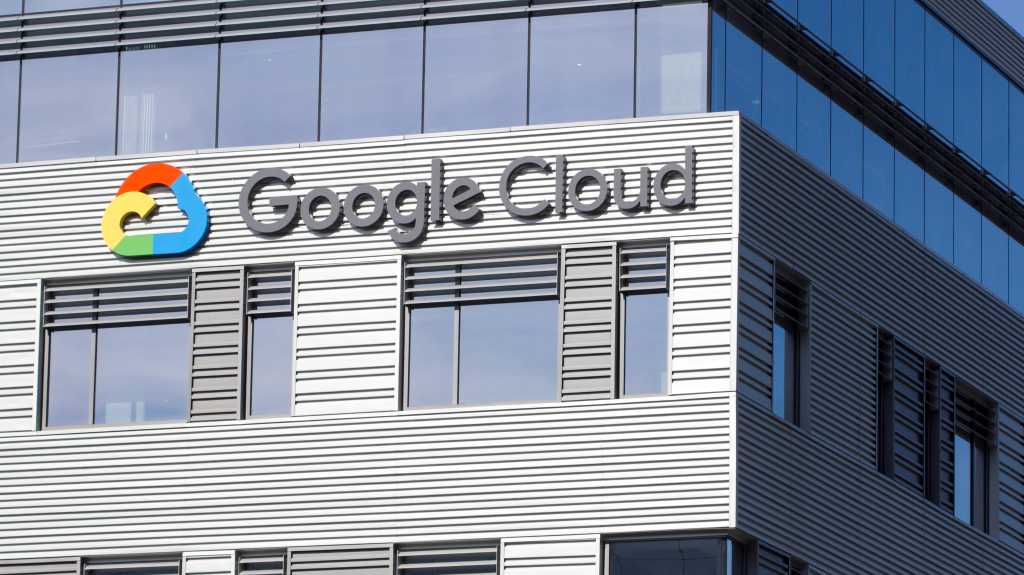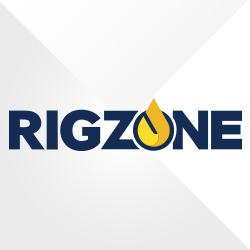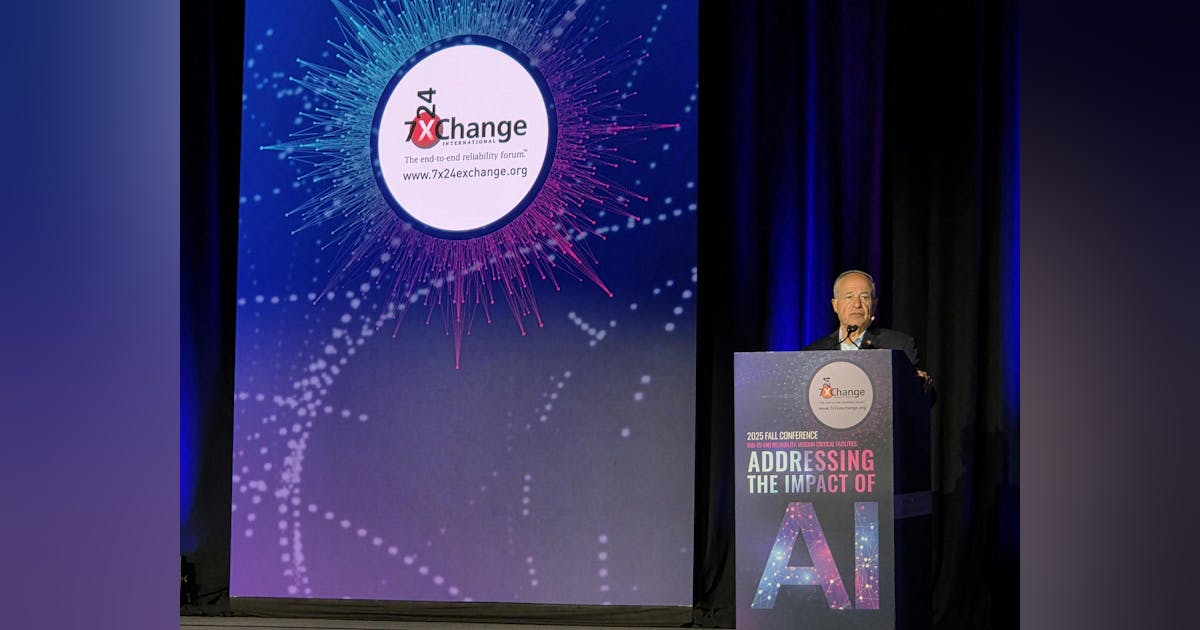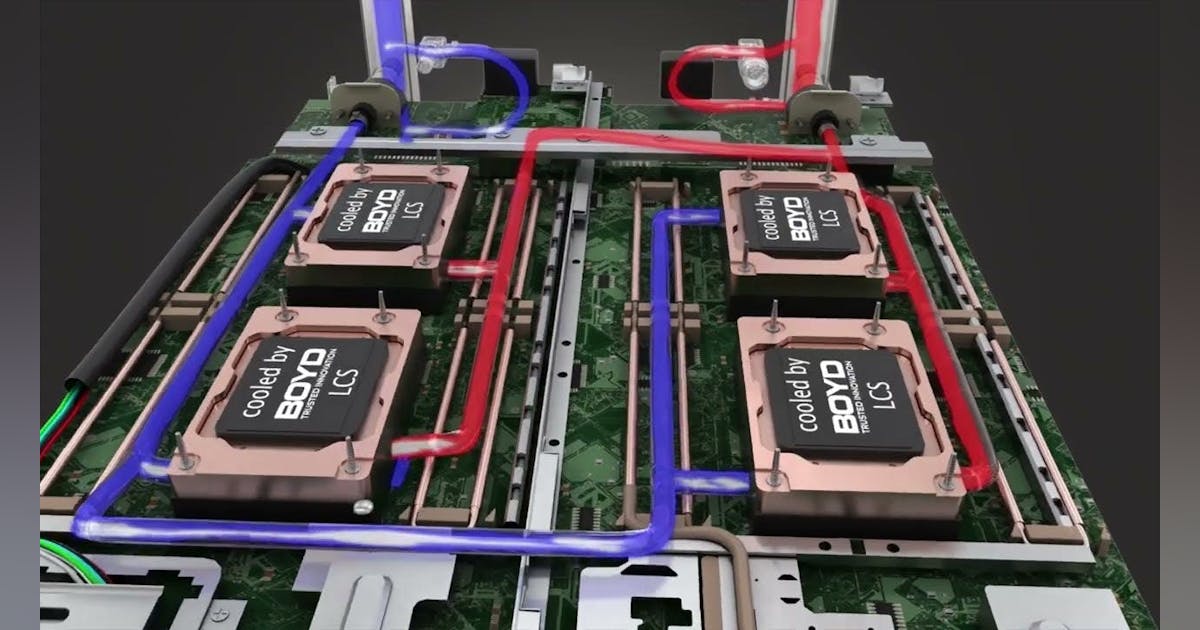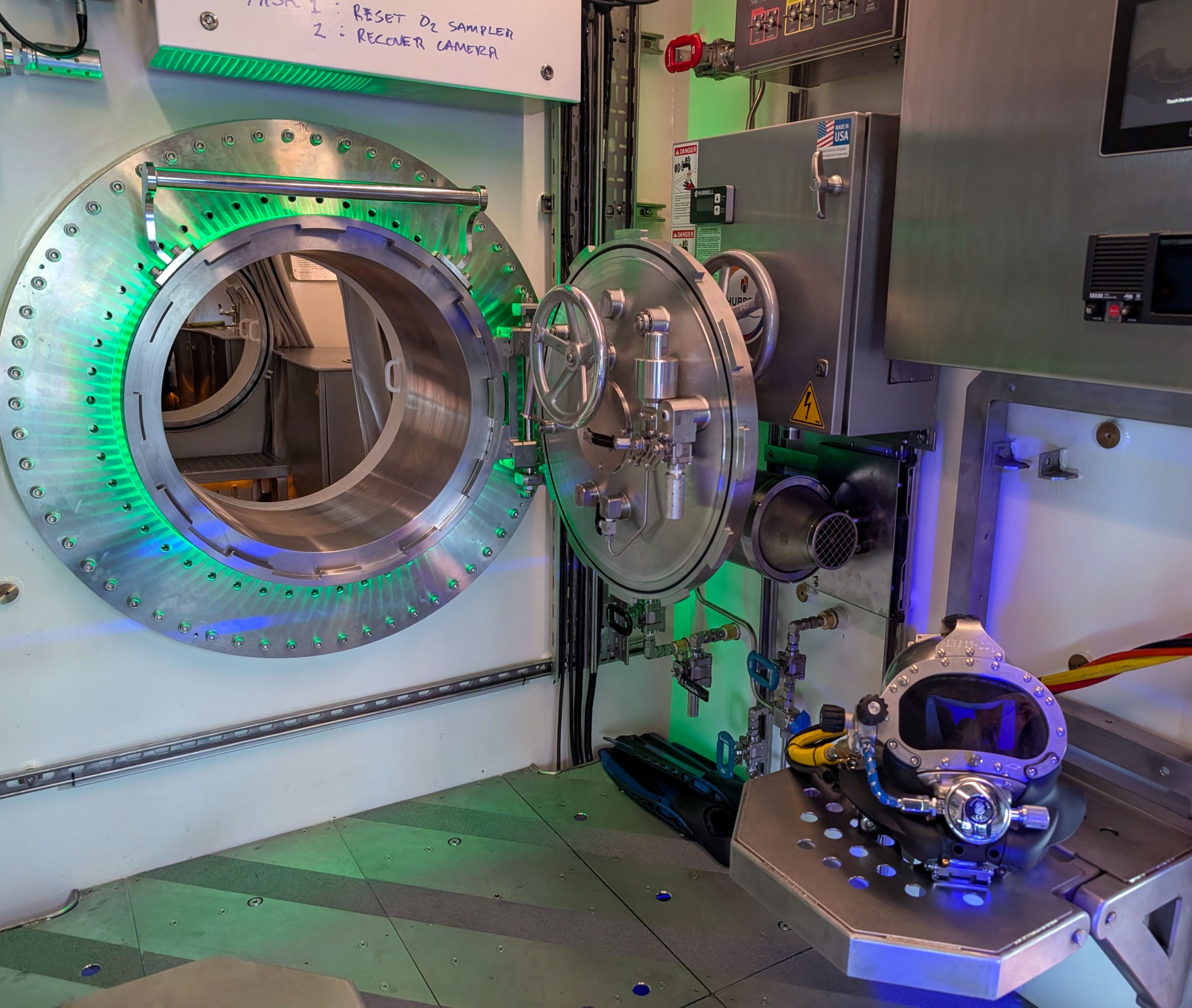A year from now, under EU Regulation (EU) 2024/573 and in line with the Paris Agreement, the use of sulphur hexafluoride (SF6) will be banned in medium voltage equipment rated up to 24kV across the EU-27.
In 2030, the ban will be extended to all devices with an insulation voltage of up to 52kV and, in 2032, high voltage switchgear with a “global warming potential” (GWP) of one or more and a short circuit current of more than 50kA will be banned.
GWP is based on SF6, a potent, synthetic greenhouse gas that has been used as an insulating and circuit breaking medium in switchgear for a long time, especially since the production of an earlier and also highly pernicious insulator, polychlorinated biphenyl (PCB) was supposedly banned more than 40 years ago under the Stockholm Convention.
SF6 has a GWP that is 22,800 to 25,000 times higher than carbon dioxide (CO2).
Whether the UK will follow the timeframe set out by the EU appears to be in flux. There has been speculation that our power distribution networks (grid) favour a split.
However, the change of government last summer and efforts now being made by the Starmer administration to rebuild bridges with the EU-27 could force the UK into line.
Meanwhile, the regulation, which includes measures for the management of existing SF6-containing equipment to ensure safe handling and eventual disposal, is of huge importance to the energy industry; particularly wind power off and onshore, generating plants on North Sea oil and gas installations and power grids, directly and indirectly.
Across the EU where there is a huge onshore industry and where the offshore build-out is now leaping forward, it appears that the first phase will be highly significant, especially onshore as much of the generating and related grid infrastructure is now mature and based on relatively small turbines.
Offshore is a different matter; the sector is younger and much of it is based on large and, increasingly super-large turbines. The bulk of North Sea developments to date are in the UK sector.
While wind turbines were producing 0.5MW of power at a height of 40m in 1990, today’s turbines produce 10 MW and more, and so need higher voltage levels and innovative technologies.
A transmission voltage of 66 kV has now become standard for offshore wind projects.
Broadly, the electrical system for an offshore wind farm presently comprises a medium-voltage electrical collection grid within the asset and a high-voltage electrical transmission system to deliver the power to an onshore transmission line.
The following data should help provide a basic means by which the scale of the SF6 transition challenge becomes obvious.
Europe installed 18.3GW of new wind power capacity in 2023. The EU-27 installed 16.2GW of this; a record amount but only half of what is needed to meet its 2030 climate and energy targets. 79% of the wind capacity built in Europe last year was onshore.
The volume of new offshore installations is growing – last year it was a record 3.8GW in Europe. But two-thirds of the new wind installations up to 2030 will continue to be onshore.
The expectation is that Europe will install 260GW of new wind power capacity over 2024-2030. The EU-27 should install 200GW of this so, 29GW a year on average.
To meet its 2030 climate and energy targets the EU now needs to build 33GW a year on average.
The expectation is that the EU-27 will fall around 30GW short of its overall 425GW ambition needed to meet the 42.5% renewable energy target.
Closer to home, the UK has passed the 30GW milestone, split virtually equally onshore: offshore. Trade association Renewable UK currently records a new project pipeline of around 45GW, primarily offshore.
The current government’s dream is to double onshore wind and quadruple offshore wind by 2030 to 30GW and 60GW respectively.
Fortunately, from a greenhouse gas compliance perspective, the build-out of new generating capacity offers the opportunity to incorporate necessary changes in a relatively straightforward way.
As the oil and gas industry knows only too well, modifying existing infrastructure is complex, costly and may hit revenue.
However, Big Wind is already proving itself equal to challenges thrown at it to date including upgrading existing wind farms via repowering. It helps that there is a lot of relevant North Sea oil and gas experience to tap.
The greatest challenges may turn out to be onshore as it is estimated that, in the UK alone, five times more power infrastructure needs to be constructed by 2030 than in the past three decades to deliver a net zero grid.
According to Europe’s Environmental Coalition on Standards (ECOS): “In the UK, one million kg of SF6 is installed across the electricity network. This is increasing by 30 to 40 tonnes per year.”
SF6 use is also rising in the EU
“In 2017, total SF6 emissions in the EU and UK combined amounted to 6.73 million tonnes of CO2, which equals the emission of 1.3million extra cars on the road,” adds ECOS.
The UK’s National Grid has been on the case for at least a decade and, in 2017, set a precedent.
April 13 that year, it passed a major milestone with the energisation of the first SF6-free 420kV gas-insulated line in its south-east England network. The new Sellindge substation was deployed in an operationally critical part of the UK’s transmission network.
In October this year, news broke that the company had started work with DNV and others on a project aimed at managing SF6 out of the UK’s electricity transmission network to facilitate the shift to clean alternatives, including for retrofit of existing switchgear.
Partners involved in this collaborative include National Grid as lead; University of Manchester, ScottishPower Transmission, Scottish Hydro Electric Transmission, DILO Armaturen und Anlagen and WIKA Instruments.
Staying onshore for a few more paragraphs, last year, UK Power Networks (UKPN) installed its first ‘clean air’ gas-insulated switchgear (GIS) operating at 132,000 volts, which is free of SF6.
In its place is a mix of dehumidified oxygen, and nitrogen, which has zero global warming potential.
UKPN worked with Siemens Energy to manufacture the system which is apparently doing its job efficiently as part of a substation upgrade in Lewes, East Sussex.
UKPN is the first UK distribution network operator (DNO) with an officially ratified science based target (SBT) committing to reduce all its Scope 1, 2 and 3 emissions by 25% by 2028 from a 2018/19 baseline.
The firm has also set a net zero target by 2028 on its controllable Scope 1 and 2 emissions, which include SF6 emissions.
Back to the North Sea and offshore wind where discovering who is actively trying to eliminate SF6 proved surprisingly hard; even working with EIAs (environmental impact assessments) presented to government for interrogation and approval by developers.
The most eye-opening criticism discovered was the EIA for Dogger Bank D submitted in June 2023 by a 50/50 joint venture between SSE Renewables and Equinor to the Planning Inspectorate of the UK Government.
It is tough: “The inspectorate does not consider that the scoping report has provided a sufficient amount of detail to justify scoping out the impacts of emissions from plant and machinery on human health and ecological sites during operation.
“Additionally, limited information has been provided with regard to hydrogen, oxygen and sulphur hexafluoride (SF6) emissions associated with operation of the hydrogen production facility (HPF).
“The inspectorate considers that an assessment of emissions associated with operational plant and machinery and the HPF should be included in the ES where likely significant effects could occur, or for the ES to provide a reasoned justification supported by evidence to demonstrate why a detailed assessment is not required.”
Turning to the 1,283-page Moray West Offshore Windfarm EIA dated 2018 and submitted to Marine Scotland for approval, there are just two cursory references to SF6.
Page 7 of ‘Description of Development’; listed under ‘Oils and Fluids’. No description.
Page 22/23, this time under ‘Oils, Fluids and Effluents’. The notation reads: “SF6 (insulating gas for preventing electrical discharge)”.
That’s all that developers EDP Renewables (EDPR) and ENGIE in JV (but with a minor shareholding by Ignitis Group) accorded to the intended use of the world’s most dangerous and forever greenhouse gas.
Notwithstanding, at least one developer is aware and it is ScottishPower with its East Anglia One project, possibly the first UK offshore North Sea windfarm to eliminate the use of SF6 offshore at the outset.
It was 2009 when ScottishPower Renewables and Vattenfall Wind Power began working on an equal collaborative partnership 2009 to develop capacity for offshore wind generation off the East Anglian coast.
£ 2.5 billion East Anglia One (714MW), was first out of the gate, securing development in 2014 followed by the award of a contract for difference (CfD) by the government in 2015.
In February 2015, ScottishPower went solus on the project, basing it on 102 Siemens Gamesa turbines with SF6-free, gas-insulated 8VM1 high-voltage switchgear (GIS) sets.
Offshore construction began in 2018 and the project was commissioned in July 2020.
Two further phases, two and three are in hand but no information about their SF6 status was forthcoming from ScottishPower despite repeated approaches.
To close, in its brief ‘Worst in Class, Phasing-out Sulphur Hexafluoride’, ECOS advises that SF6 used in renewables projects is not necessarily accounted for in official statistics, and that “many developers of renewable energy installations are not aware of the problems related to SF6, nor the existing alternatives”.
Renewable energy associations claim that the emission savings from replacing fossil fuels with renewable energy are still important despite the use of SF6.
ECOS warns: “However, given the long lifetime of SF6-based switchgear, it is important to transition towards clean and renewable energy sources, and switch to SF6-free alternatives as soon as the renewable energy facilities are installed.”
Recommended for you

EU to miss heat pump target by massive margin


